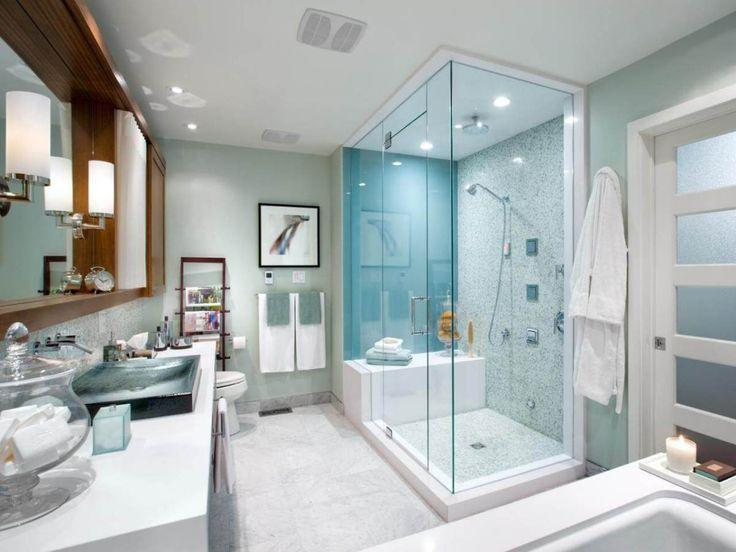In the realm of architecture and construction, plumbing design stands as an indispensable component, ensuring functionality and efficiency in buildings. However, the landscape of plumbing design is constantly changing, influenced by new technologies that challenge traditional practices. From optimizing bathroom plumbing layouts to revolutionizing entire plumbing systems, these advancements are reshaping the future of architecture and construction.
Bathroom Plumbing Layout Optimization
One of the focal points of plumbing design is the bathroom, where efficient space utilization and optimal functionality are paramount. Modern technologies provide innovative solutions for improving bathroom plumbing layouts, increasing utility while reducing space requirements. Using advanced software and design tools, architects can now create intricate plumbing layouts that blend seamlessly with the overall design of the space. This optimization not only improves the user’s encounter additionally adds to the design for the surroundings.
Advanced Plumbing System Design
Beyond individual spaces, modern technologies are transforming the design of entire plumbing systems in buildings. These systems, which range to water distribution to waste management, are becoming more sophisticated as automation and smart technologies advance. Sensors and monitoring devices allow for real-time tracking of water usage, leak detection, and resource optimization. Furthermore, advanced materials and construction techniques improve the longevity and sustainability of plumbing infrastructure, lowering maintenance costs and environmental impact.
Sustainability and Water Conservation
In response to growing environmental concerns, modern plumbing design prioritizes sustainability and water conservation. Innovative technologies such as low-flow fixtures, grey water recycling systems, and rainwater harvesting solutions are increasingly being incorporated into building designs to minimize water consumption and environmental impact. These initiatives not only contribute to resource conservation but also help buildings achieve higher levels of green certifications, such as LEED (Leadership in Energy and Environmental Design).
Challenges and Opportunities
While modern technologies enable unprecedented levels of innovation in plumbing design, they also introduce new challenges that must be addressed. Issues such as cyber security risks, system interoperability, and the need for specialized skills all pose significant barriers to widespread adoption. However, with proper planning, collaboration, and investment in R&D, these obstacles can be overcome, allowing current plumbing technologies to reach their full potential.
Integration with Building Envelope
Plumbing design integration with the building envelope is another area where modern technologies are making significant progress. Historically, plumbing systems were viewed as separate components within structures. However, contemporary approaches emphasize the seamless integration of these systems into the overall building design. Prefabricated plumbing modules and modular construction techniques allow for more efficient installation and integration, reducing construction time and costs while ensuring optimal performance.
Conclusion
In conclusion, modern technologies are reshaping the future of plumbing design, offering innovative solutions to enhance functionality, efficiency, and sustainability in buildings. From optimizing bathroom layouts to revolutionizing entire plumbing systems, these advancements enable architects and designers to create spaces that not only meet occupant needs but also meet the highest performance and sustainability standards. By adopting these technologies, the architecture and construction industries can usher in a new era of plumbing design that is both innovative and environmentally conscious.


